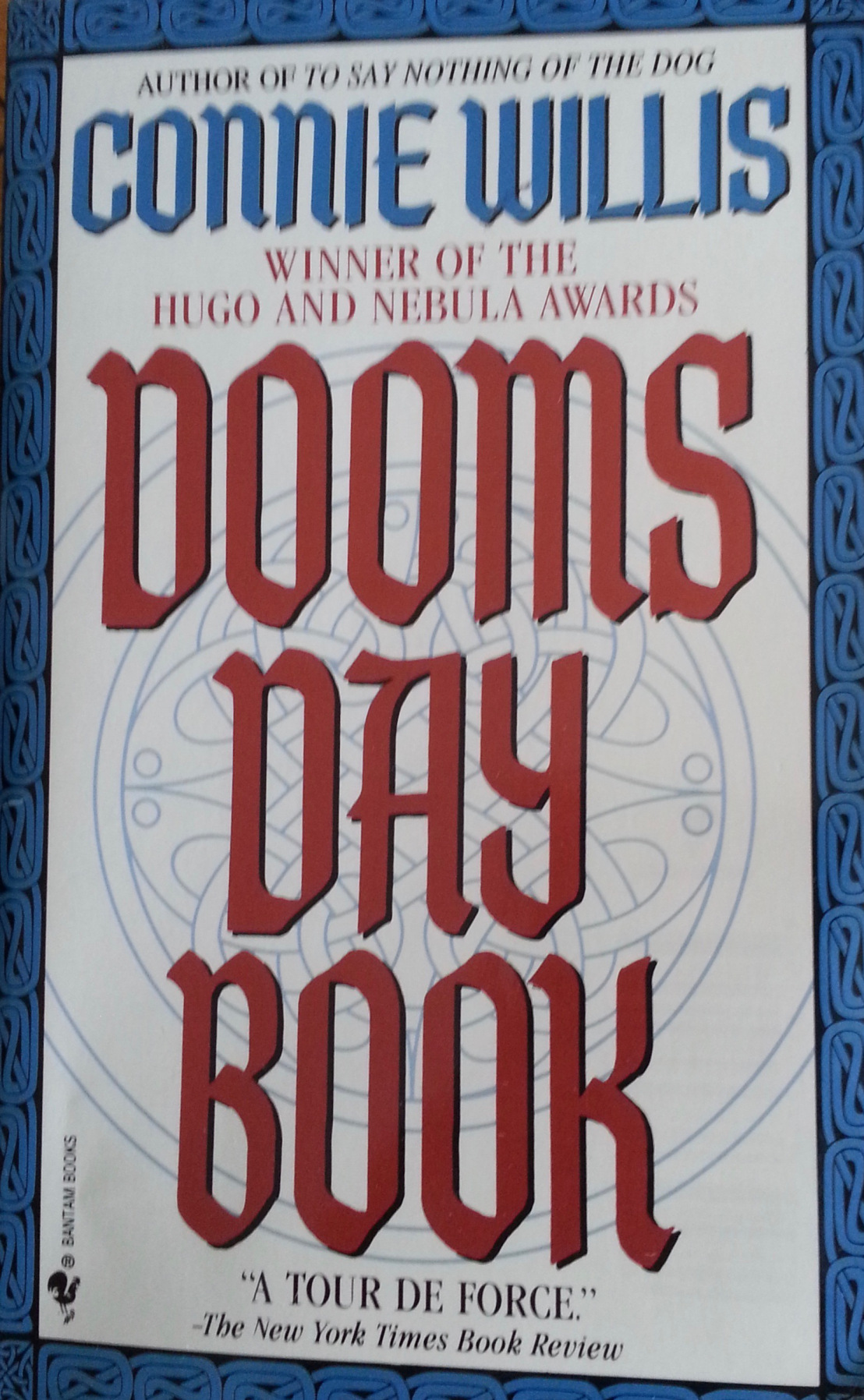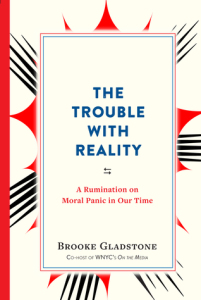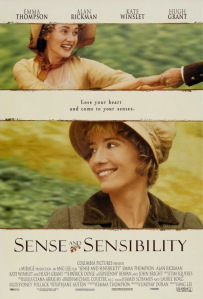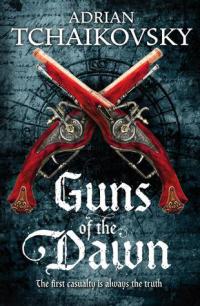After lining up my library pickings, I went and left them all downstairs the other night and found myself tucked up in bed without a library book in reach, and too lazy to go downstairs. So, instead, I rifled through the TBR pile of charity shop findings by my bed, which I’ll show you sometime. Now that it’s as tall as my bedside table, it’s in danger of becoming a reserve bedside table.
A while ago I was thrilled to stumble on a copy of Flavia Leng’s memoir of her childhood, growing up Daphne Du Maurier’s middle daughter in the eponymous Menabilly. So thrilled in fact, I forgot all about the last time I was thrilled to find a copy of Flavia Leng’s memoir of her childhood, and so on. So I have two, both with distinctive red spines, side by side in the leaning tower of TBR.
I figured it was high time to read one of them.
Daphne DM is one of my reading obsessions. Like the Mitford sisters, the Brontes and a few others, I will happily squirrel away any and every book I come across that even mentions them in passing. I have Forster’s chunky and well-researched DM biography and somewhere, as yet unearthed in the book boxes that remain sealed while house renovations happen, is a copy of Letters from Menabilly, a glorious collection of correspondence between Daphne DM and her friend, the writer Oriel Malet. Growing Pains, Daphne’s own notes on her life, features in my new header image. I found that in Hay-on-Wye and a patient bookseller had to climb into the window display to retrieve it for me.
I’ve tried before to explain to people the attraction of reading about the same thing over and over again. I suppose it’s a little like visiting a much loved garden. If you go in the spring, it’ll look quite different to how it does in the blaze of autumn. Picnicking by the flowerbeds and listening to the thrum of the bees will be quite a different experience to hiking up to a high vantage point and looking out over the whole.
I suppose it’s all a matter of perspective. And I’m really drawn to the idea that, whether you’re talking about a person, an event or a whole historical period, there are really just multiple truths. Reading around the topic will allow you to see a bigger picture or colour it in a little more vividly, but it can (and should) never be definitive.

Forster obviously says a lot more than Leng in her book. If you want an analysis of Du Maurier’s works in relation to her life, then it is to Forster you should turn (although with a weather eye always to the influence of how interpretation is a mirror that reflects both author and subject). Leng, understandably, really only mentions the books in the sense of their having been written at particular times and omits much of the exploration of DM’s more private motivations. Leng’s book is ultimately about how Daphne DM’s life pertains to Flavia Leng herself, which is exactly as it should be. But it’s no less valuable an insight for that. It’s often what each writer chooses to emphasise or leave out entirely in their respective books that speaks about both them and Daphne Du Maurier herself. I love the whole process of reading in this way; it’s almost like trying to do a jigsaw puzzle only to find that pieces from two different pictures have been mixed up in one box. But it’s not at all frustrating; more fascinating. Each book adds a little more detail but the final image is mine to determine. I kind of want to go for the full immersion now, re-read Forster and Letters, then read Growing Pains for the first time.
In fact, hang the potential library fines. I might do just that.
Advertisements Share this:




